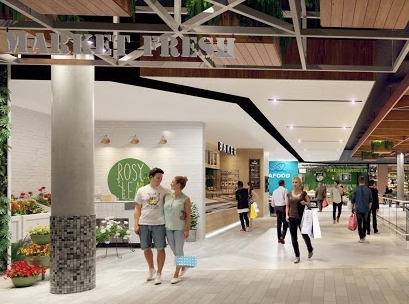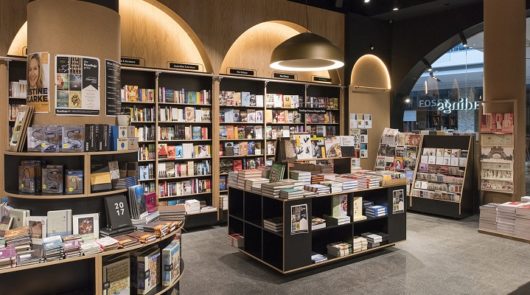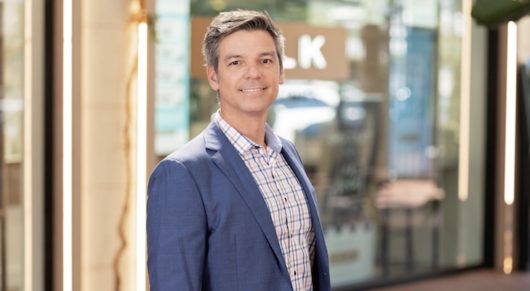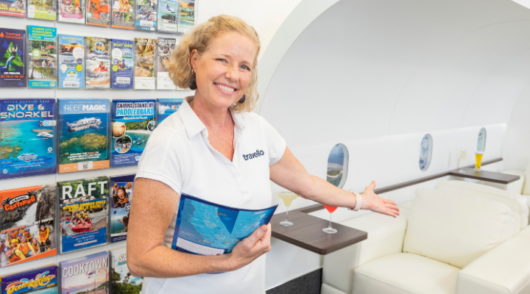
The Australian shopping centre landscape is changing rapidly as the rise of online services continues to literally “eat” into the traditional markets of many centres.
Combined with residential and lifestyle-based developments, new shopping habits and demographic changes, some medium-sized centres are struggling to find a new point of difference.
An answer lies in the booming services sector, which includes finance, travel, beauty and health – a strategy that has proved highly successful and created a new class of “super” neighbourhood shopping centre.
When Comac advised on the $50 million redesign of the Lutwyche Shopping Centre in Brisbane, they analysed the data and found 59 per cent of the retail spending in regional centres is on food, liquor, groceries (FLG) and food catering.
When we studied the Lutwyche catchment further we realised the approach to fashion, food, parking and services needed to be changed.
Cafes and restaurants have increased their presence in the last decade to 14 per cent of the market but, in many instances, it is not the solution for medium-sized centres.
Lutwyche had been struggling in the shadow of larger centres and combined with the overall reduction of discretionary spending, Comac was challenged by the new owners (Abacus) to make the centre relevant again.
The new POD for Lutwyche has been the reinforcement of FLG and the creation of the “services precinct” to capitalise on the growing boom in personalised businesses.
On completion, the centre will be one of a new breed of super neighbourhood centres that caters to community needs in a new and relevant manner.
The decision was made to relocate Aldi in place of the traditional, poorly performing sprawling food court in the centre.
The “food precinct” concept was created – the struggling food court reinvented, relocated and reduced to just five food businesses with a strong local flavour to add authenticity.
Its new location, next to the new travelator leading to Coles, significantly boosted foot traffic and provided a new option for the approximately 600 office workers upstairs, healthy food for the gym market and a natural place for the community to congregate for coffees.
In addition to the Coles and relocated Aldi, a new Woolworths will be introduced by mid-2019.
We expanded the community services component to draw people into the centre. Existing Commonwealth and Westpac Banks and Australia Post have been underpinned by other services including finance, health beauty and travel.
The final layer will be to reintroduce value add fresh food retailers that provide an alternative offer from the three supermarkets. Artisans that set themselves apart from the improving offer being delivered by the majors.
This has culminated in what will be a new category of shopping centre: the “super neighbourhood” for daily destinations.
The focus on health, such as optical and dental, plus removal of fashion is very unusual for a centre of this size, but it is working very well.
Comac continues to monitor other services that are expanding included audiology, laser treatment, plastic surgery and beauty such as day spas that are evolving into shopping centre ready services to cater for the boom in personal consumer demand.
Michael Haddrick is the managing director of Comac Retail Property Group.
Access exclusive analysis, locked news and reports with Inside Retail Weekly. Subscribe today and get our premium print publication delivered to your door every week.





